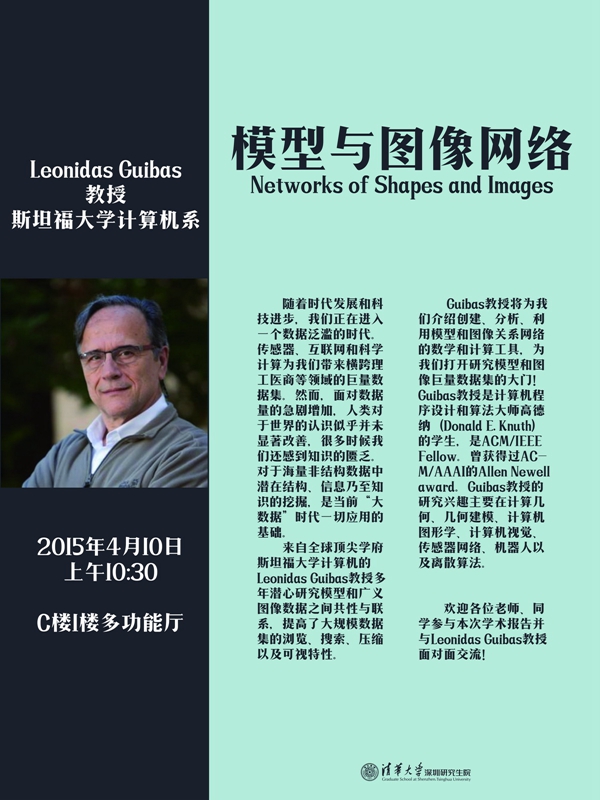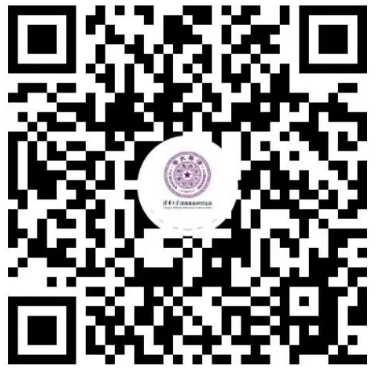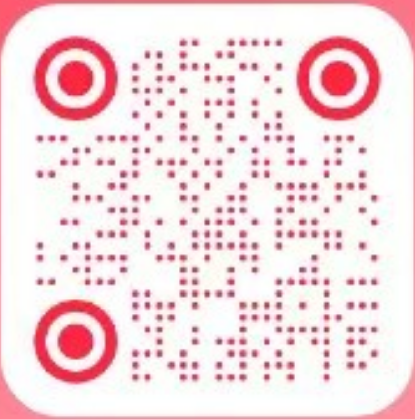?

随着时代发展和科技进步,我们正在进入一个数据泛滥的时代。传感器、互联网和科学计算为我们带来横跨理工医商等领域的巨量数据集。然而,面对数据量的急剧增加,人类对于世界的认识似乎并未显著改善,很多时候我们还感到知识的匮乏。对于海量非结构数据中潜在结构、信息乃至知识的挖掘,是当前“大数据”时代一切应用的基础。
来自全球顶尖学府斯坦福大学计算机的Leonidas Guibas教授多年潜心研究模型和广义图像数据之间共性与联系,提高了大规模数据集的浏览、搜索、压缩以及可视特性。Guibas教授将为我们介绍创建、分析、利用模型和图像关系网络的数学和计算工具,为我们打开研究模型和图像巨量数据集的大门!
Guibas教授是计算机程序设计和算法大师高德纳(Donald E. Knuth)的学生,是ACM/IEEE Fellow。曾获得过ACM/AAAI的Allen Newell award。Guibas教授的研究兴趣主要在计算几何、几何建模、计算机图形学、计算机视觉、传感器网络、机器人以及离散算法。
地点:清华大学深圳研究生院C楼多功能厅
Networks of Shapes and Images
Leonidas Guibas
Stanford University
Abstract
Across science, engineering, medicine and business we face a deluge of data coming from sensors, from simulations, or from the activities of myriads of individuals on the Internet. The data often has a geometric and/or visual character, as is the case with 1D GPS traces, 2D images and videos, 3D scans, and so on. Furthermore, the geometric data sets we collect are frequently highly correlated, reflecting information about the same or similar entities in the world, or echoing semantically important repetitions/symmetries or hierarchical structures common to both man-made and natural objects.
It is important to develop rigorous mathematical and computational tools for making such relationships or correspondences between data sets first-class citizens -- so that the relationships themselves become explicit, algebraic, storable and searchable objects. Networks of such relations can interconnect data sets into societies where the “wisdom of the collection” can be exploited in performing operations on individual data sets better, or in further assessing relationships between them. Examples include entity extraction from images or videos, 2D or 3D segmentation, the propagation of annotations and labels among images/videos/3D models, variability analysis in a collection of shapes, etc.
The talk will cover general mathematical and computational tools for the construction, analysis, and exploitation of such relational networks -- illustrated by several concrete examples using 3D models and/or 2D images. By creating societies of data sets and their associations in a globally consistent way, we enable a certain joint understanding of the data that provides the powers of abstraction, analogy, compression, error correction, and summarization. Ultimately, useful semantic structures simply emerge from these map networks, with little or no supervision.
This “functorial” view of geometric data puts the spotlight on consistent, shared relations and maps as the key to understanding structure in data. It is a little different from the current dominant paradigm of extracting supervised or unsupervised feature sets, defining distance or similarity metrics, and doing regression or classification – though representation sparsity still plays an important role. The inspiration is more from ideas in functional analysis and homological algebra, exploiting the algebraic structure of data relationships or maps in an e?ort to disentangle dependencies and assign importance to the vast web of all possible relationships among multiple geometric data sets.
About the speaker
Leonidas Guibas obtained his Ph.D. from Stanford under the supervision of Donald Knuth. His main subsequent employers were Xerox PARC, DEC/SRC, MIT, and Stanford. He is currently the Paul Pigott Professor of Computer Science (and by courtesy, Electrical Engineering) at Stanford University. He heads the Geometric Computation group and is part of the Graphics Laboratory, the AI Laboratory, the Bio-X Program, and the Institute for Computational and Mathematical Engineering. Professor Guibas’ interests span geometric data analysis, computational geometry, geometric modeling, computer graphics, computer vision, robotics, ad hoc communication and sensor networks, and discrete algorithms. Some well-known past accomplishments include the analysis of double hashing, red-black trees, the quad-edge data structure, Voronoi-Delaunay algorithms, the Earth Mover’s distance, Kinetic Data Structures (KDS), Metropolis light transport, heat-kernel signatures, and functional maps. Professor Guibas is an ACM Fellow, an IEEE Fellow and winner of the ACM Allen Newell award.








